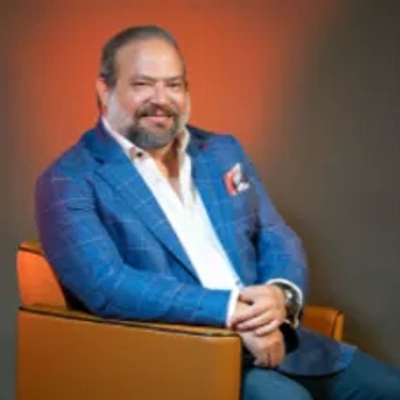The opioid crisis continues to be a pressing public health issue, demanding innovative solutions from multiple angles. This article explores cutting-edge approaches to combat opioid addiction, drawing on expert perspectives from the field. From holistic care and prescription monitoring to pediatric assessment and multimodal pain management, these insights offer hope for more effective strategies in addressing this complex challenge.
- Holistic Care Restores Function in Pain Management
- Prescription Monitoring Programs Improve Opioid Safety
- Pediatric Opioid Addiction Demands Careful Assessment
- Multimodal Pain Management Reduces Opioid Dependence
Holistic Care Restores Function in Pain Management
One of the most innovative — and underestimated — approaches to addressing the opioid crisis has been the return to truly holistic care.
The opioid epidemic wasn’t just about prescribing too many pills. It was also about a deep misunderstanding of how to treat chronic pain. Pain is not simply a “signal to be silenced.” And yet, for decades, that’s exactly how it was treated — driven largely by an economic model fueled by pharmaceutical incentives and the false belief that a pill could fix everything.
But chronic pain is far more complex. It affects — and is affected by — every aspect of a person’s life. The most effective care I’ve seen involves addressing the whole person:
- Supporting the body through physical therapy and movement
- Treating the mind through cognitive behavioral therapy and trauma-informed care
- Reinforcing the spirit through social connection and purpose
In my practice, this multidisciplinary model doesn’t just reduce opioid use — it restores function and quality of life. We track success not by whether a patient is pain-free, but whether they can walk their dog again, attend their grandchild’s recital, or return to work with dignity. That’s the real measure of progress.
The truth is: pain management doesn’t begin and end with opioids. It begins with listening, educating, and building trust — something we’re finally starting to reclaim.
 Elisha Peterson MD MEd FAAP FASA
Elisha Peterson MD MEd FAAP FASA
Anesthesiologist and Pain Medicine Physician, Elisha Peterson MD PLLC
Prescription Monitoring Programs Improve Opioid Safety
One approach that has seen success is the use of Prescription Drug Monitoring Programs (PDMPs). These programs allow doctors access to a patient’s full prescription history in real-time, which helps identify issues such as patients seeking opioids from multiple prescribers. When doctors integrate this information with clinical guidance, we see safer prescribing practices.
What I have observed is that this has helped to reduce overprescription and misuse. It is not a definitive solution, but it does raise awareness and identify issues at earlier stages. The key is also in educating the patient and, which goes along with it, providing access to addiction support. There are still issues to work out, such as getting all providers to use it consistently, but it is a good step forward.
 Dr. Gregory Gasic
Dr. Gregory Gasic
Neuroscientist | Scientific Consultant in Physics & Theoretical Biology | Author & Co-Founder, VMeDx
Pediatric Opioid Addiction Demands Careful Assessment
The opioid crisis is bigger than many people think, and it’s getting worse even in pediatric age groups. I’ve seen two cases of pentazocine addiction in children aged 16 and 17, and the big problem here is that they were exposed to this at a very young age. Most healthcare workers do not refer to the pain ladder scale again, which is bad, and in most cases we are responsible for addictive behaviors. Before prescribing opioids, I’ve mandated my workers to assess the pain very well, try to solve the underlying cause, and not be aggressive with strong opioids with addictive effects.
 Austin Anadu
Austin Anadu
Medical Doctor, AlynMD
Multimodal Pain Management Reduces Opioid Dependence
The move to multimodal pain management guidelines is, in my opinion as a surgeon, one of the best developments in combating the opioid pandemic. We use local anesthetic blocks, non-pharmacologic techniques like cryotherapy, and non-opioid drugs (NSAIDs, acetaminophen) in place of many opioids after surgery.
This strategy has reduced opioid prescriptions by more than half in my own practice. Many patients report feeling more attentive and involved in their rehabilitation, and they recover with less dependence. Reducing opioid use is only one goal; another is to establish new standards for pain management that prioritize function and safety over the “complete elimination of pain.”
 Frank Agullo
Frank Agullo
Plastic Surgeon, Southwest Plastic Surgery













